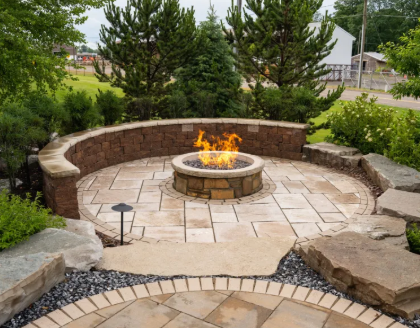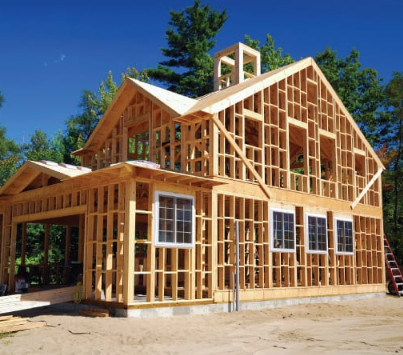Want to add space or rental income to your California home? Learn key ADU tips—requirements, materials, mistakes to skip.
Many homeowners in California choose to add an ADU (Accessory Dwelling Unit) to their property—either for their own use or to rent out—when possible. This helps expand living space and make better use of the property. However, because ADUs aren’t widely promoted yet, many people don’t know much about them and often have questions. So, this article will explain the requirements for building an ADU, the materials needed, and how to handle common issues that come up during construction.
1. What are the requirements for building an ADU?
① The ADU must follow building and safety codes.② Both the original home and the land where the ADU is built must be zoned for residential use.
③ Only one ADU is allowed per single-family home.
④ Fire safety measures must be in place. If the original home has no fire sprinklers, the ADU doesn’t need them either.
⑤ The ADU must either connect directly to the existing home or, if separate, be on the same lot as the original home.
⑥ The ADU’s style and design must match the original home and other buildings in the area.
⑦ The ADU’s size can’t be more than 50% of the original home’s size, with a maximum of 1,200 square feet.
⑧ The number of parking spots for the ADU can’t exceed the number of bedrooms. You can use existing parking spaces for this.
⑨ If building an ADU over a garage, it must be set back 5 feet from the side and rear property lines.
2. What materials are needed for building an ADU?
Building an ADU follows the same process as other home additions. You’ll need: a building permit, a renovation permit, and permits for heating, electricity, plumbing, and drainage. These permits help reduce repair costs and get insurance claims if something goes wrong with the ADU, so don’t skip them.3. Common mistakes to avoid when building an ADU
① Ignoring local government building rulesIn California, you must get approval from your local government before building an ADU. Rules for what needs approval vary by area. Don’t think small changes don’t need approval—some cities require permits for any change to a home.
If your ADU doesn’t meet the rules, you could face fines, be forced to file missing paperwork, or even have to tear down the ADU.
② Starting construction without worker insurance
Most contractors don’t buy worker’s compensation insurance, and many Chinese homeowners don’t pay attention to this. But if an accident happens—like a worker getting cut, falling, or even dying—you will be responsible. Always make sure insurance is in place before starting work.
③ Having unclear contracts
California law says that for projects over $500 (including labor and materials), the details must be in writing. It’s best to use Chinese for the contract. Vague contracts often cause disputes between homeowners and contractors. Since contractors usually write the contracts, they often favor themselves—if problems arise later, you’ll likely lose out.
④ Hiring contractors who only do labor (not materials)
Some contractors only handle labor (charging by the hour or day) and leave you to buy all materials. You need to research material prices beforehand. This way, you won’t waste time running to hardware stores during construction, which delays the project and costs more money.
4. Common questions about building an ADU
① Height requirementsADUs must follow local height limits, just like other home additions. Usually, wooden residential buildings can be up to 3 stories or 45 feet tall. In some areas, the limit is 25 feet, so only 2-story ADUs are allowed. ADUs can have at most 2 stories—they can be built over a garage or next to the existing home, but they must have a separate exit.
② Size requirements
California law says ADUs must be at least 150 square feet and at most 1,200 square feet.
③ Landscaping rules
ADUs need to meet the same landscaping requirements as other homes. However, if you’re converting a garage into an ADU, there are no landscaping rules for the yard.
④ Cost differences
How does building an ADU compare to buying a regular home? A big advantage of ADUs is that you don’t need to buy extra land—this saves over 50% of costs. Also, ADUs don’t need separate utility connections (like water, electricity, or gas), which cuts down on construction costs a lot.
Understanding these basics can help make your ADU project go smoothly. Whether you’re building for extra space or rental income, following the rules and planning carefully will save you time, money, and stress in the long run.





